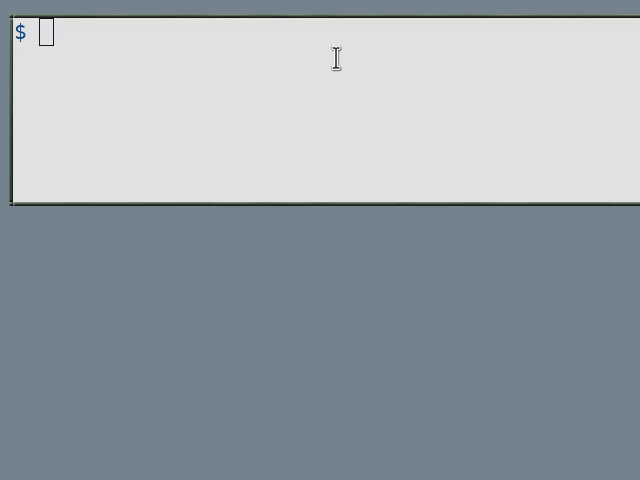Text editors
A text editor edits plain text, and is important for almost any type of computer work.
If you are new to text editors
If you are new to text editors, we recommend that you practice a bit: try to create a file, edit it, save it, re-open it.
There are text editors with a graphical user interface and text editors that allow you to edit text in the terminal, for example on a remote cluster (and some allow both modes of operation). This page tells you how to connect different editors to git, so that command line git will open them.

Demonstration. Command line git starting the VS Code graphical editor to write a commit message (don’t worry about what the command does, we cover this in the CodeRefinery workshop). Picture should be animated.
Choosing the right editor is a matter of preferences. Since we often spend significant portions of our days editing text and source code, it can be valuable to invest time into learning your favourite editor really well. Below we list few common options and give some pros/cons.
Visual Studio Code (graphical)
If you are new to text editors, we recommend to start with this one. We have an extra page for it: Visual Studio Code.
If you choose a different editor
If you choose a different editor, make sure to browse its documentation on how to conntect it to Git.
This command will configure git to start VS Code as its editor. (This will happen automatically if you select the VS Code option when installing Git for Windows.)
$ git config --global core.editor "code --wait"
Nano (terminal)
Easy to start but comes with minimal functionality.
Nano is installed as part of the Git for Windows installer and no extra installation is needed. It is available from the git-bash shell.
Nano is available by default.
Nano is available by default in most operating systems. If not, you can install it via your software center.
To set it as the default editor for Git:
$ git config --global core.editor nano
The keyboard shortcuts are displayed at the bottom of the editor window. Using this shortcuts involves pressing and holding down the control key (Ctrl) on your keyboard and pressing another key. The pressing down and holding the Ctrl key is represented by a hat “^”.
Tutorial: https://www.tutorialspoint.com/how-to-use-nano-text-editor
To create or open a file called mytext.txt:
$ nano mytext.txt
To save content: Ctrl + o (hold the Ctrl key and press the o)
To close a file: Ctrl + x (hold the Ctrl key and press the x)
To move up, down, left or right with the document: Use the arrow keys and Page-up, Page-down keys
Deleting text: Navigate to where the text to be deleted located in the document using arrow keys. Use the Delete or Backspace keys to delete text.
To find: Ctrl + w then type the word to find and press enter (please note it is w not f as in most other editors).
Notepad++ (graphical)
If you are on Windows and want to use Notepad or Notepad++, you can configure this by providing the full path to the executable and optionally set some options. For example (adjust the path if needed, and note the quotation):
$ git config --global core.editor "'C:/Program Files/Notepad++/notepad++.exe' -multiInst -notabbar -nosession -noPlugin"
Vi/Vim
This editor takes some effort to get started. But has more functionality than Nano, especially if you write programming code. Syntax highlighting, clever copy-paste and better refactoring are some features.
Interactive Vim tutorial: http://www.openvim.com
To create or open a file called mytext.txt:
$ vi mytext.txt
To close a file:
Hit Escape, then type :wq and hit Enter.
Emacs
Like Vim, Emacs takes some effort and learning to get started and offers almost unlimited functionality. It is possible to interact with version control, even compile and run code, send emails, etc. all from the editor itself.
Emacs guided tour: https://www.gnu.org/software/emacs/tour/
To create or open a file called mytext.txt:
$ emacs mytext.txt
To close a file: Type Ctrl-x followed by Ctrl-c.